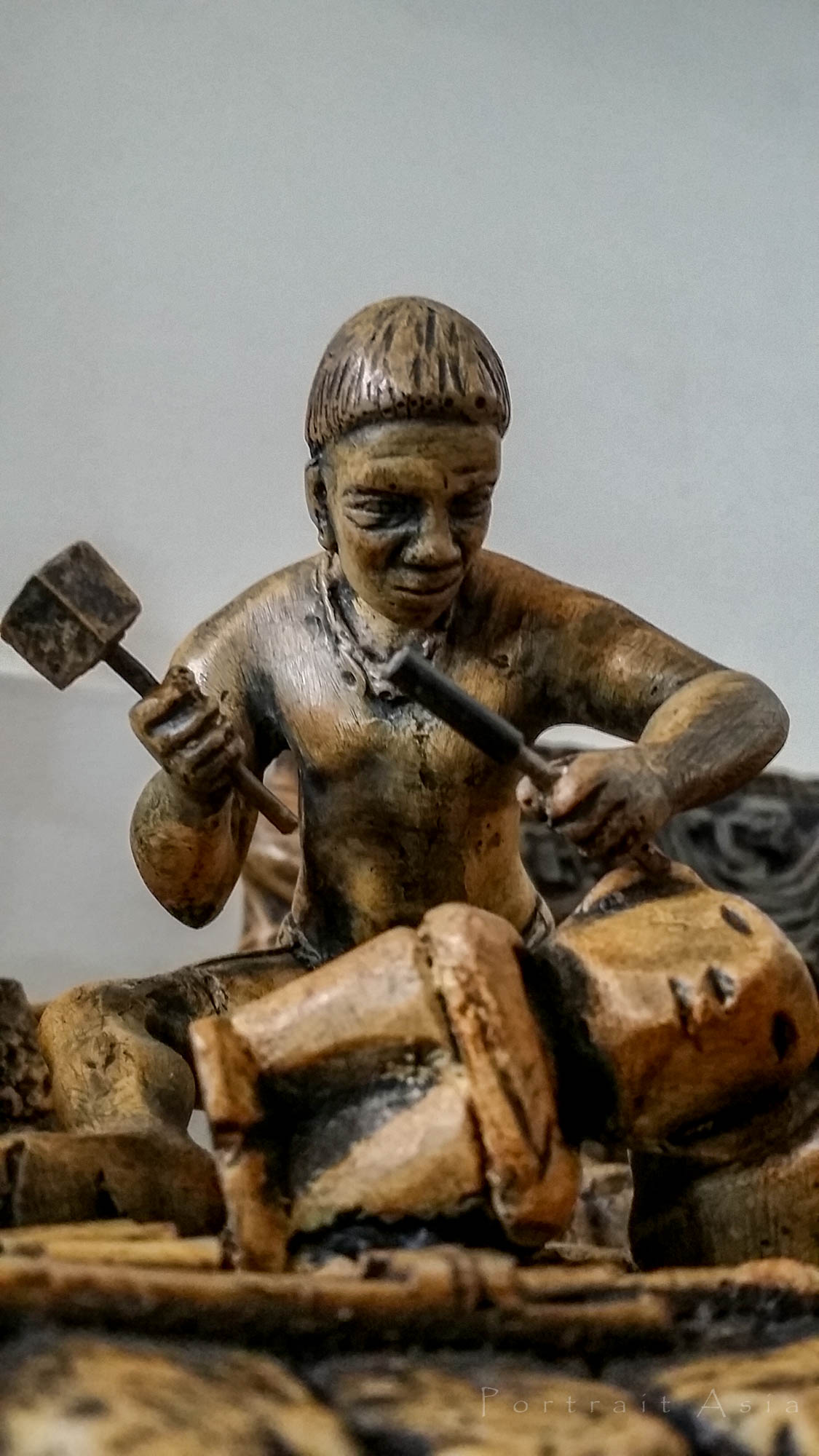This is the legend of the hugo or bulol, a human-shaped sculpture found in many households in Hungduan in the province of Ifugao.
Once upon a time, the color of the Odio (Nara) tree was white. It grows abundantly in the mountains of Hungduan, Ifugao in the Northern Philippines.
There was a family who lived near the forest in Hungduan, the hardworking mother and father, and their two children, a boy, and a girl. The older boy usually takes care of his younger sibling while the parents were are out working in the fields or when they go away to trade.
One day, the parents said they will be gone for several days and told the boy to take care of the house, their pets, and his sister. The boy, although just barely a teenager, was industrious enough to do house chores.
After their parents have gone, the younger child began to cry and wanted them to follow their parents. The boy too was lonely that he started to pack for them to follow. He put some rice grains on the mortar thresher and pounded them with a pestle. He butchered a chicken and cooked some meals for them to eat on the way. He put the meals in the “hukop” (native lunch basket) and they went on their way.
As they reached a clearing, they can see their parents in the distance, on the next mountain. But they are far away that their screams can’t be heard. The girl was lonely and started crying so to comfort her, the boy started singing.
The mother far away can hear voices in the distance and told her husband that it sounded like their kids singing. But the husband said it was just probably a “pinading” (fairy-like spirits) to distract them. The children tried to walk faster and they soon know that they are getting close because the spit of “momma” (beetle nut or “bua” mixed with “gawed” leaves, and “apog” or lime) of their parents are still wet on the grasses.
Every time they see them on the next mountain, they would sing, “there is father and there is mother.” But each time the parents would hear them, they would just ignore them as they believe they are just forrest spirits to distract them.
On the second day, the girl got ill and cannot walk. So the brother carried her on his back making the trek more difficult slowing him down. Sadly, on the third day, the girl died. So the boy decided to bring her home carrying her on his back crying with grief.
Upon reaching home, he put his sister on a rice basket and placed her among the rice grains. He then decided to go to the nearby forest and climb an Odio Tree. He cut the big trunk of the tree in the middle and stood there.
He then started to tell his feelings to the tree in a song, “Od-odio, igamagkamalakkattog, ta inpayak dak nin ama mi ya hi, hi ina mi.” (Odio tree please swallow me because they care not, our father and our mother.) First, his feet were swallowed by the tree. He kept repeating his song and every time, his body was slowly engulfed by the tree until only what was left was his head. Here’s how the song goes:
The head kept singing and people began to hear him in the distance but they all wonder where it’s coming from. They all thought it was just a spirit in the forest.
When the boy saw his parents coming, he told the tree, “swallow me all up because father and mother are coming.”
And finally, the head too was engulfed by the tree.
When the parents arrived, they saw that the house was close and full of spider webs. They were hesitant to enter, Then they heard a voice from the distance telling them to enter. It was now the tree talking to them.
When they entered, they saw their daughter already decomposing. They were stricken with grief.
But the voice in the distance said, “no matter how much you cry, it is in vain because you didn’t care about us when we were following you. You even called us pinading.”
Although confused and wonder where their son was, they called upon their relatives and a mumbaki (shaman) to do the burial ritual for their daughter. After doing the necessary rituals, the parents buried the child.
After two months, the wife got sick. She began to weaken and rapidly lose some weight. The relatives tried every ritual to get rid of the disease that has stricken the woman, to no avail. She kept getting weak until what’s left of her were skin and bones.
The father then said, “What is this constant chanting that denied us necessary rest and sleep that could have helped you get better?”
He decided to find the source of the singing. He started to ask all the trees if they’re the ones singing, but there were no replies. He moved closer to each tree listening closely. Until he reached an Odio tree and heard the chanting.
So he threatened the tree. “Do you want me to cut you down and make you into a “taok”? (A swine feeding bowl) But the tree kept singing. “Do you want me to make you into a “doyo (soup bowl)?” But the tree kept singing. He mentioned all utensils but the tree just kept on singing.
“You want me to make you into hugo?” he finally asked. “The tree stopped singing. So the husband went to get his tools and started to cut the tree.
But when he started cutting, the tree that once was white is now bleeding with a blood-like substance and the color of the tree has become red.
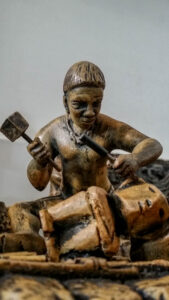
The husband was frightened not knowing that his son has now become the tree. So he proceeded to create a pair of “hugo” out of the branch he cut, a male and a female image. He then called his relatives and a “mumbaki” to do a ritual. “Hugo” is a human-shaped sculpture that others called the “bulol.”
They butchered pigs and prayed to Kabunian and to the departed for guidance and healing. The mumbaki found out the story of the Odio tree through signs and told the couple. Both husband and wife ask forgiveness from their children and begged them to be with them forever. The spirits of the dead children finally forgave their parents and went to rest in the hugo. After the ritual, the wife felt better and started to heal. They placed the hugo in the rice granary where the elder son once placed his sister when she died. They will be with their parents until the end.
From that moment, the color of all odio trees turned red. Soon after, they began to use the red juice of the odio tree to color their threads to make clothing, usually the prominent red in the “tapis” of women.
That was how the people started to make hugo in Hungduan. This story was narrated by Pedro Buyagao who was born in Hungduan in 1942 and migrated to Asin, Tuba, Benguet in 1956 to work as a sculptor and woodcarver. He is now serving as village mumbaki and culture bearer.
There are other legends connected to the bulol, and there are varrying legends to every tribe. But it was basically performed as a cleansing and healing ritual when someone was sick in a household. There are also stories that were recreated and sensationalized by writers, and sometimes, it’s hard to know if these stories are authentic. Next time you see a bulol, try to find out the story behind it. The best way to learn the legend is to sit with the elders and listen to their stories. – Carl Cariño Taawan
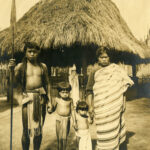 Igorots: The so-called savages of the Cordilleras
Igorots: The so-called savages of the Cordilleras 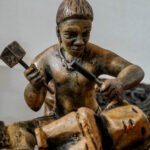 Od-odio, the Narra Tree Song
Od-odio, the Narra Tree Song 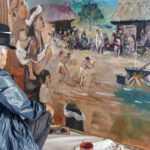 Baguio Creatives finding ways to rise above Pandemic
Baguio Creatives finding ways to rise above Pandemic  Baguio City Creative Christmas Trees
Baguio City Creative Christmas Trees 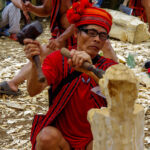 How a wooden spoon started a creative village
How a wooden spoon started a creative village  The Sagada Way
The Sagada Way  The Mountain Trail Thrill
The Mountain Trail Thrill  Baguio stages first Creative Festival
Baguio stages first Creative Festival 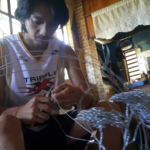 Wire Art, a miner’s lifeline
Wire Art, a miner’s lifeline 